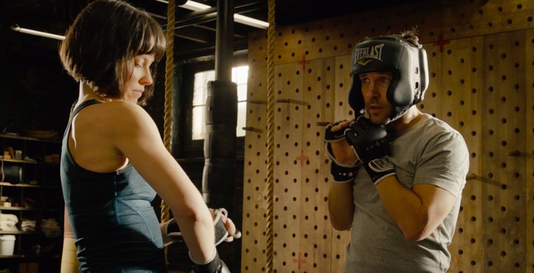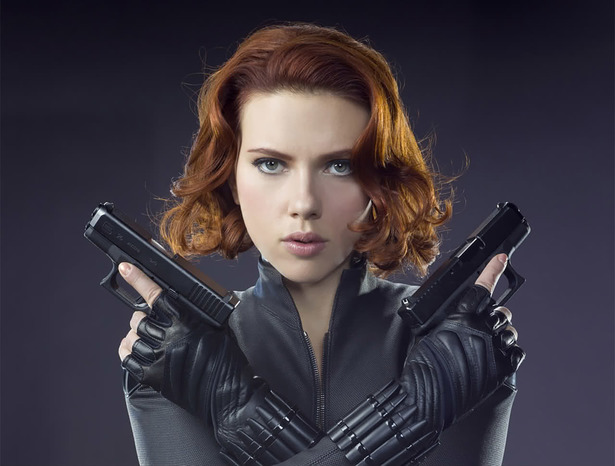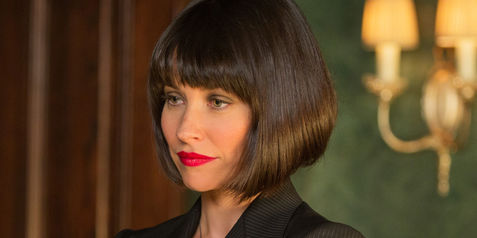Along with critiques came the inevitable comparisons to Marvel. DC and Marvel's competition has lasted for decades - both on and off-screen - and most would say Marvel wins over DC with their films (not just the ones made by Disney) - both in quantity and quality. However, DC has an edge on Marvel in one area: their women.
Batman v. Superman didn't need Wonder Woman, yet the writers chose to include her anyway. DC recognized the fan frenzy over Wonder Woman, and rewarded it by giving the character her own solo movie, set for release in 2017. Comparing this to Marvel' s consistent denial of fan requests for a Black Widow stand-alone film - although they compromised with Captain Marvel (2019) - it's clear who knows how to utilize their female characters to full advantage.
Those people who only watch the Marvel movies and don't read any comics would think that they don't have a lot of female characters, when, actually, the opposite is true. Marvel has more than enough women they could move off the page and onto the movie screen, but they choose to use only a handful of them. The majority of Marvel films embody tokenism, or the practice of including one or two minority figures in order to appear diversified. In fairness to Marvel, they outclass DC in terms of racial/ethnic diversity. Then again, they have produced many more films; perhaps DC just hasn't had the chance to catch up yet.
Gender-specific tokenism is more commonly known as "The Smurfette Principle." Feminist writer Katha Pollitt invented the term in a 1991 New York Times magazine article. After noticing a disproportionate female-to-male character ratio on children's television programs, she analyzed the effect that lack of adequate representation has on young female viewers. The message which comes from having only one or two women in a show's principal cast of characters mirrors the words of Simone de Beauvoir in The Second Sex: "She [the woman] is defined and differentiated with reference to man....she is the incidental, the inessential, as opposed to the essential. He is the Subject, he is the Absolute - she is the Other" (Freeman 255). In Pollitt's words: "Boys are the norm, girls the variation; boys are central, girls peripheral; boys are individuals, girls types. Boys define the group, its story and its code of values. Girls exist only in relation to boys" (Pollitt 1).
Works Cited
Freedman, Estelle, ed. The Essential Feminist Reader. New York: Modern Library, 2007. Print.
Pollitt, Katha. "Hers; The Smurfette Principle." The New York Times Magazine. 7 April 1991. Web. 23 March 2016.





 RSS Feed
RSS Feed
